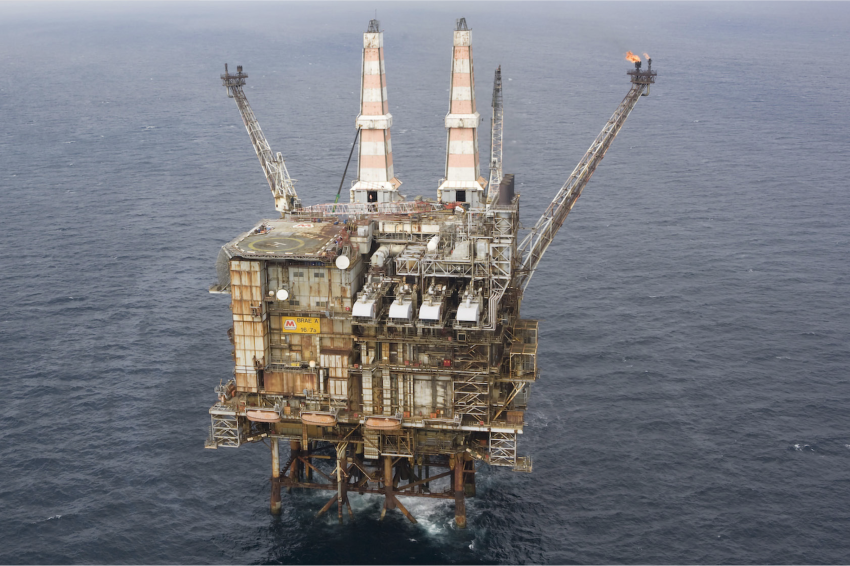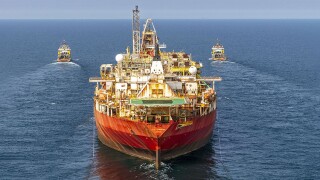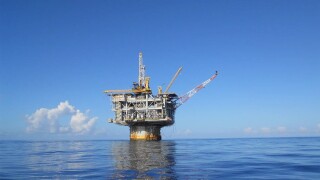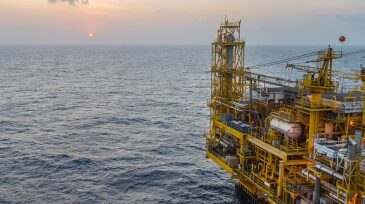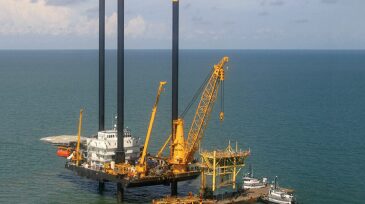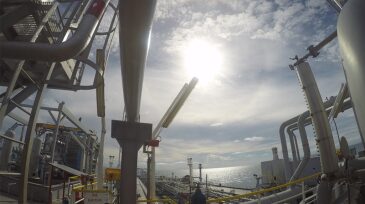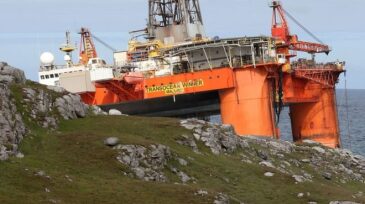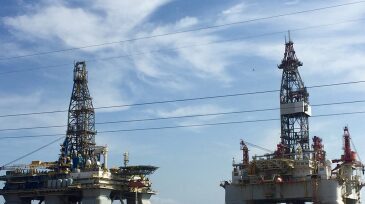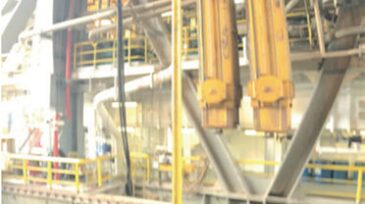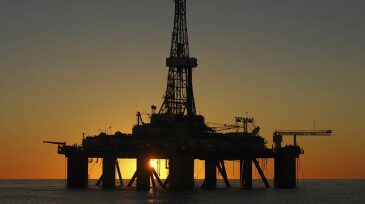Decommissioning
Marine contractor also approves the construction of a new heavy-transport ship.
Shell became the first international company to operate producing fields offshore Brazil and the first to navigate the country’s complex and detailed decommissioning permitting process, which involved extensive environmental assessments, regulatory approvals, and coordinated stakeholder engagement.
ExxonMobil moves forward with the decommissioning of a 25-year-old deepwater US Gulf development.
-
As the boom of the 1970s and 1980s makes way for the first tranche of major decommissioning projects, the market for abandonment and decommissioning has grown over the past 5 years. To deliver these projects in a safe and economic way, decommissioning needs to be accepted as a serious challenge.
-
Our industry is governed by rules that require cleanup and closure of oil and gas facilities after they cease to produce. Unlike a capital project, decommissioning is not something that you can choose to do or not to do.
-
This paper describes how an exploration-and-production company successfully developed and applied a qualitative risk-based abandonment-prioritization strategy for an inventory of inactive subsea wells.
-
DNV GL is introducing a new, risk-based recommended practice for performing and qualifying well abandonments titled DNVGL-RP-E103, Risk-Based Abandonment of Offshore Wells.
-
With regulatory pressure and the cost of decommissioning increasing, many operators are seeking new and better decommissioning methods that could get more work done safely and at a lower cost.
-
A team of oil and gas consultancy companies have formed a collaborative program aimed at offering integrated support for operators looking to retire redundant facilities without in-house overhead.
-
Eight salvage experts have boarded the Transocean Winner, which ran agorund off the Isle of Lewis on 8 August.
-
The Noble Jim Day semisubmersible (left) arrived at Harbor Island in Port Aransas, Texas, on 29 July to be cold stacked.
-
A new method for accessing and cementing hard-to-reach spaces around complex offshore wells.
-
Many of the platforms in the North Sea are late in life, operating long past their initial design expectations due to costly life-extension work. Decommissioning has moved slowly, but the low price environment is likely to accelerate the trend.

